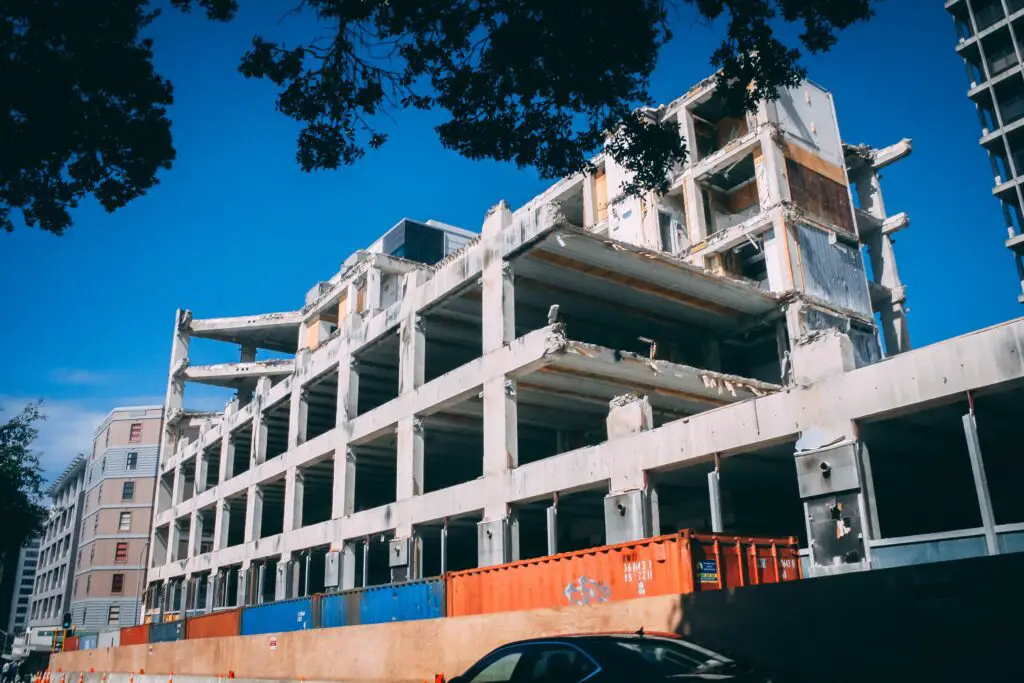
The Ripple Effect: How Earthquakes Guaranteed Impact Construction
Earthquakes, natural disasters that result from the sudden release of energy in the Earth’s crust, have profound and far-reaching effects on various aspects of human life.
Among the many sectors that bear the brunt of earthquakes, construction is particularly vulnerable due to its reliance on stable ground conditions for the safety and integrity of structures.
This article delves into the intricate ways earthquakes affect construction, exploring the challenges faced by builders, engineers, and stakeholders in the aftermath of seismic events.
- Structural Damage and Safety Concerns:
One of the most immediate and apparent impacts of earthquakes on construction is the structural damage incurred by buildings and infrastructure. The intense shaking and ground motion during an earthquake subject structures to forces that they may not have been designed to withstand. Cracks, displacement, and even total collapse can occur, posing serious safety risks to occupants and neighboring areas.
Engineers must not only assess the visible damage but also consider potential hidden structural issues that may compromise the stability of the affected construction.
- Material Performance and Quality:
The materials used in construction play a critical role in determining a structure’s resilience to seismic forces. Earthquakes can expose weaknesses in the quality of construction materials, such as concrete, steel, and masonry.
Factors like poor mix design, insufficient reinforcement, or substandard construction practices can exacerbate the vulnerability of buildings during seismic events. Post-earthquake assessments often involve evaluating the performance of materials to identify weaknesses and inform future construction practices.
- Foundation and Ground Movement:
Earthquakes can induce ground movement, including shaking, liquefaction, and landslides, which significantly impact the stability of a construction project. Foundations, the bedrock of any structure, may experience settlement, tilting, or even complete failure. The severity of ground movement depends on factors such as soil type and proximity to the earthquake’s epicenter.
Engineers must carefully consider site-specific geological conditions to design foundations capable of withstanding the dynamic forces unleashed during an earthquake.
- Project Delays and Economic Impact:
The aftermath of an earthquake often leads to project delays, disrupting construction timelines and incurring additional costs. Safety inspections, repairs, and redesigns are essential but time-consuming processes that can hinder progress. Delays may result in increased construction costs, contractual disputes, and financial losses for all parties involved.
Moreover, the economic impact extends beyond individual projects, affecting the construction industry as a whole and the broader economy of the affected region.
- Regulatory Changes and Building Codes:
Earthquakes prompt a reevaluation of building codes and construction regulations to enhance seismic resilience. Lessons learned from past events contribute to updates in design standards and construction practices.
Governments and regulatory bodies may impose stricter seismic requirements for new constructions and may even mandate retrofitting of existing structures to improve their earthquake resistance.
These changes aim to minimize the impact of future earthquakes on construction projects and prioritize the safety of occupants.
- Insurance and Risk Management:
The heightened risk of earthquakes in certain regions necessitates a robust approach to insurance and risk management in the construction industry. Insurance policies may need to be reevaluated and adjusted to account for seismic risks, and construction companies must implement risk mitigation strategies to protect their investments.
Understanding the seismic vulnerability of a construction project is crucial for determining appropriate insurance coverage and ensuring financial resilience in the face of potential earthquake damage.
Conclusion:
In conclusion, earthquakes cast a long and intricate shadow over the construction industry, affecting everything from structural integrity and material quality to project timelines and economic considerations.
The challenges posed by seismic events underscore the need for continuous innovation, research, and adherence to stringent building codes.
As we strive to construct buildings that withstand the forces of nature, the lessons learned from the impact of earthquakes on construction are invaluable in shaping a more resilient and sustainable built environment.
To see other material construction prices, please see here.
To know other construction guides, tips, and methodology for beginners, veterans, and contractors, please see here.
